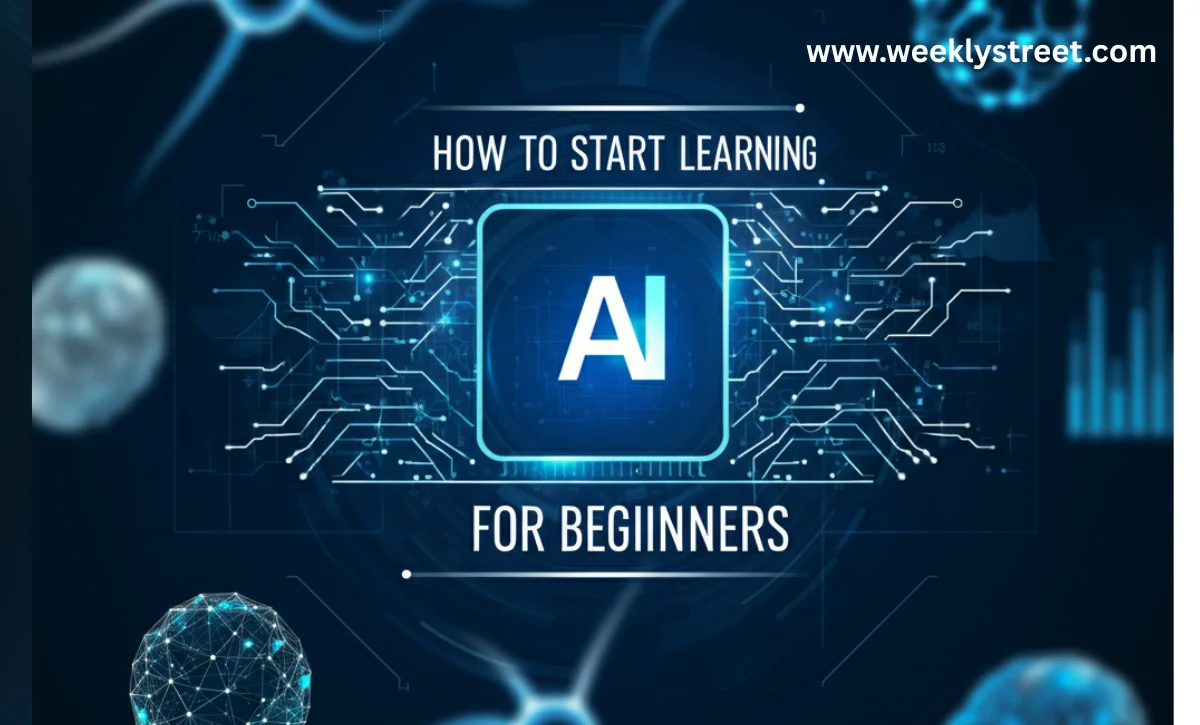Starting out in the world of artificial intelligence might sound a bit overwhelming, especially with all the big words and new ideas you’ll come across. But learning something new is always about taking the first step, then the next. Whether you want a fresh career or just want to satisfy your curiosity, discovering how to start learning AI for beginners can open up exciting possibilities. This guide will help you find your path with easy steps and practical advice—no genius-level talent required, just a bit of curiosity and commitment.
Understand the Core Concepts
Before you dive in, it’s important to know what artificial intelligence is all about. At its heart, AI is about building computer programs or systems that can do things we usually think only people can do—like recognizing faces, understanding speech, or solving problems. Getting familiar with these basics will give you a strong starting point.
How AI, Machine Learning, and Deep Learning Differ
These words are thrown around a lot, but they’re not the same thing. Artificial intelligence is the big idea—teaching machines to be smart. Machine learning is a method within AI that helps computers learn from information. Deep learning is a technique inside machine learning that uses complex networks for even more advanced applications. Sorting these out now will help you later on.
Brush Up on the Math (But Don’t Panic)
You don’t have to love math, but you’ll need to understand some basics. A good grasp of certain mathematical ideas makes a huge difference when it comes to understanding how to start learning AI for beginners. Don’t worry—plenty of people pick it up as they go.
Which Math Is Most Useful?
Focus on these key areas:
- Linear Algebra: This underpins how computers handle information.
- Calculus: Especially derivatives, which are important when teaching programs how to get better.
- Probability and Statistics: This covers how you look for patterns and weigh chances of outcomes.
You don’t need to master them right away—just get enough to keep moving forward.
Pick Up a Programming Language
Learning to code might sound tough, but it’s manageable with the right approach. Programming lets you take your ideas and turn them into something real. For beginners in AI, Python is a popular choice because it’s simple to read and there are plenty of Python tutorials out there.
- Learn Python Basics: Understand how to use lists, write loops, and work with different types of information. There are many free lessons online to get you started.
- Try Out Essential Libraries: Once you get comfy with Python, check out tools like NumPy (for numbers), Pandas (for sorting and handling information), and Matplotlib (for making charts). These make working on projects a lot easier.
Get Hands-On with Machine Learning
After basics are done, you can jump into machine learning—one of the most exciting parts of the field. This is where you teach computers to find patterns or make choices using examples you give them.
Build Your First Small Project
Learning by doing really works. Try building a simple tool, like a program that tells spam emails apart from real ones, or predicts the price of a house. These beginning projects teach you more than theory ever could and make the lessons stick.
Explore a Specialty
The world of AI is big, and you don’t have to learn everything at once. Once you know the fundamentals, you can choose an area that interests you most. Focusing your energy helps you grow skills faster and keeps things interesting.
A few specialties you might consider:
- Computer Vision: Letting computers “see” images and videos.
- Natural Language Processing (NLP): Teaching computers to understand and create written or spoken language.
- Robotics: Building machines that sense and act in the real world.
- Reinforcement Learning: Programs that get better by trying things and learning from rewards.
Find What Inspires You
Think about what interests you or the problems you want to solve. Maybe you’re curious about how self-driving cars work, or you want to build a friendly chatbot. Following what excites you is the best way to stick with your learning journey, making how to start learning AI for beginners both fun and personal.
Keep Growing: Learning Never Stops
Finishing the basics is just the beginning. The world of AI keeps changing, with new ideas, research, and technology coming out all the time. To stay sharp, keep trying new projects, join groups online, and read about what’s happening in the field. If you keep an open mind and a curious attitude, you’ll keep making progress.
Frequently Asked Questions (FAQs)
1. Can I learn AI even if I didn’t study computer science?
Yes! Many newcomers don’t have formal degrees—they learn through online resources, tutorials, and practice projects.
2. How much math do I really need?
The basics are enough: linear algebra, calculus, and some statistics. You don’t have to be a math expert as long as you’re willing to learn as needed.
3. What programming language should I start with?
Python is the go-to for most beginners because it’s easy to read and there’s lots of support for learners.
4. How long does it take to learn AI?
It depends on your starting point and your schedule. Many people get comfortable in a few months, but there’s always something new to learn.
5. Where can I find good datasets for beginner projects?
Sites like Kaggle, the UCI Machine Learning Repository, and Google’s Dataset Search offer free datasets for all levels.
you may also read : How to Start a Small Business in the USA




